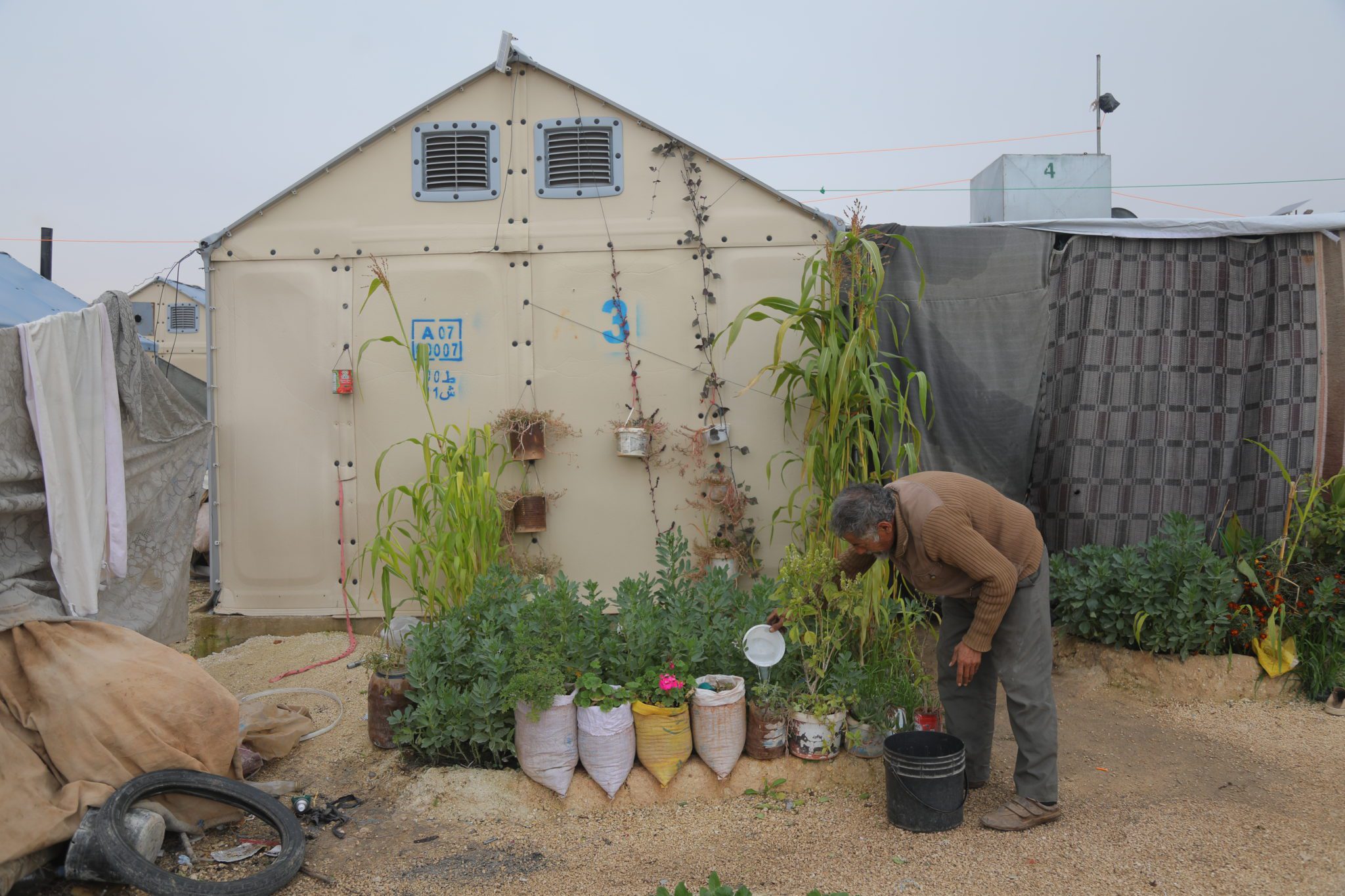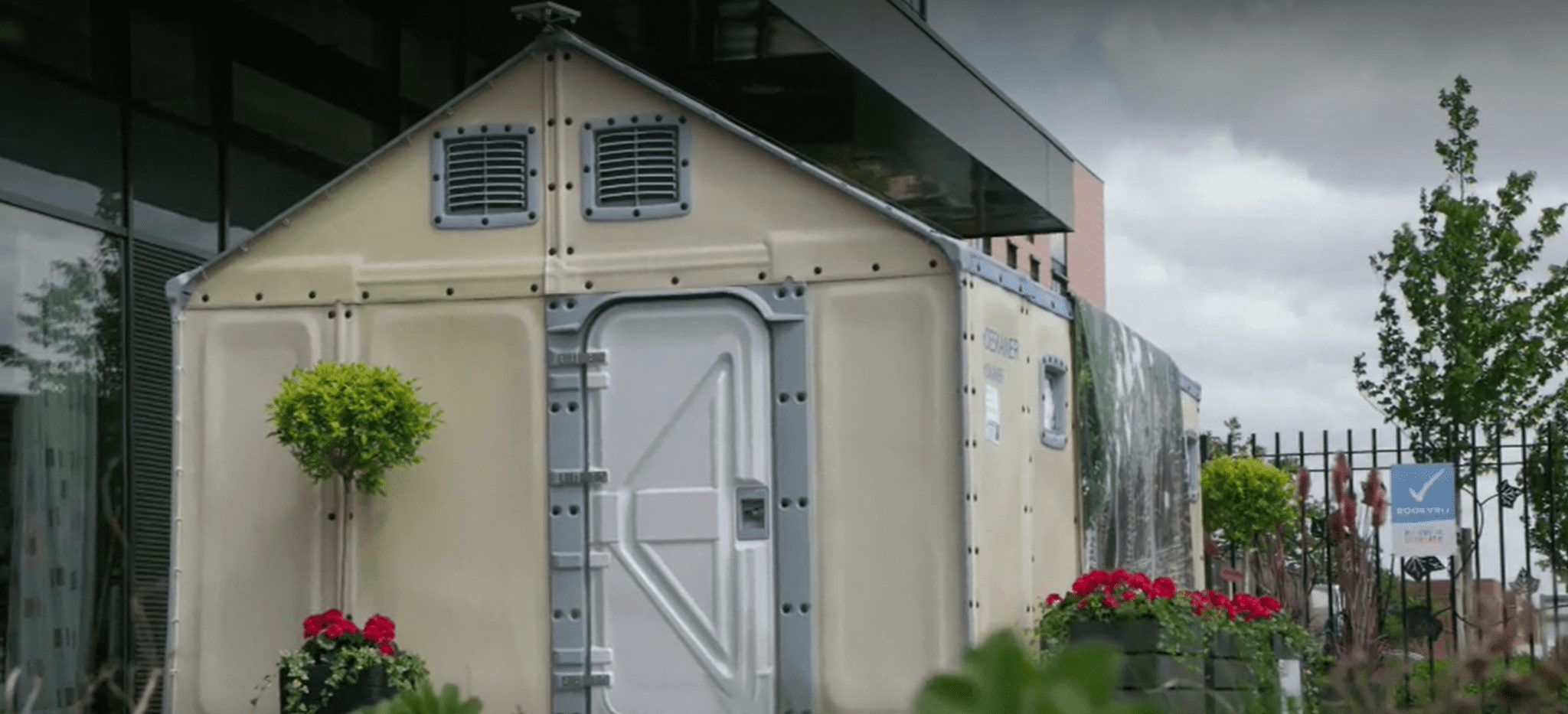We often operate in regions already acutely affected by climate change. Measuring and actively reducing the environmental footprint of our shelters, including their CO₂ emissions, is essential to minimising harm and contributing to global climate efforts.
With a shelter’s environmental impact, we refer to the emissions, resource use, and waste generated throughout its lifecycle, from material sourcing and manufacturing to transport to the warehouse. This approach is commonly referred to as “cradle to gate.”
Our ambition is to minimise this impact by:
Researching and prioritising more sustainable materials such as bio-based and circular options whenever possible, while also simplifying chemical compositions and additives to reduce health and environmental impacts and promote circularity.
Improving energy efficiency in manufacturing, by simplifying the manufacturing techniques we use, process optimisation to minimise waste, and incorporating renewables like solar or wind into the energy mix.
Designing products that are durable, reusable, and recyclable. This means creating solutions that withstand long-term use, can be repurposed or refurbished to extend their lifecycle, and are made with materials and structures that facilitate efficient recycling once they are no longer in use.
By continuously assessing and refining these areas, we aim to develop shelters that meet urgent humanitarian needs while upholding environmental responsibility.




